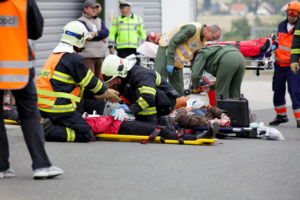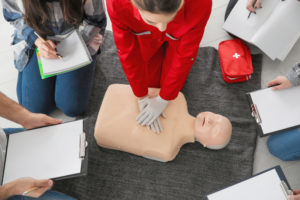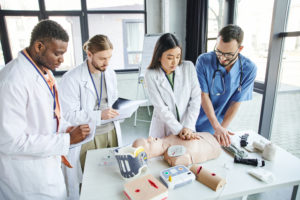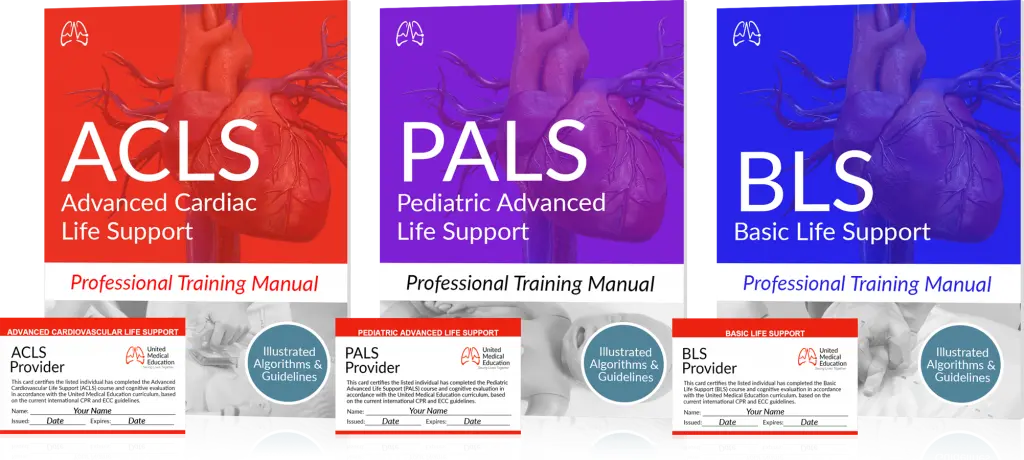My friend Dave once told me about an incident that happened right after he had renewed his certifications. A swimmer had an allergic reaction, and Dave’s updated training taught him about the new guidelines for administering epinephrine. He was able to follow the new procedure and stabilize the swimmer’s condition before the ambulance arrived. This highlighted the importance of keeping his training and certifications up to date.
When people think of firefighters, images of brave individuals battling raging infernos often come to mind. However, the responsibilities of these professionals extend far beyond dousing flames. Firefighters are frontline defenders in a variety of emergencies, including those of a medical nature. They are often the first to arrive on the scene during emergencies, tasked not just with quelling fires, but also with preserving life and minimizing injury. Therefore, medical emergency response training and CPR, AED, and First Aid , are critical components of a firefighter’s skillset. These qualifications ensure they’re adequately equipped to navigate diverse crises, underpinning their pivotal role in our communities.
Cardiopulmonary Resuscitation (CPR): Firefighters’ Immediate Response to Cardiac Arrest
CPR forms the backbone of a firefighter’s immediate response to cardiac emergencies. Acting as the first line of defense in such crises, it’s a skill that can often mean the difference between life and death. Firefighters, being among the first to arrive on the scene, are often confronted with victims suffering cardiac arrest, making CPR an indispensable tool in their lifesaving arsenal.
CPR AED and First Aid class, provides critical aid to victims by maintaining the flow of oxygenated blood to the brain and other vital organs. This postpones tissue death and extends the short window of opportunity for successful resuscitation without permanent brain damage. Given the unpredictable nature of their job, firefighters must master this procedure, responding effectively within the ‘golden hour’ following the onset of cardiac arrest. Hence, rigorous CPR training is a necessity for every firefighter, equipping them to handle these high-pressure situations with confidence and composure.
Automated External Defibrillator (AED): Shocking Back to Life
In situations of sudden cardiac arrest, an Automated External Defibrillator (AED) can prove to be a literal lifesaver. AEDs are portable devices designed to deliver a therapeutic shock to the heart, capable of restoring a normal heart rhythm in victims of cardiac arrest.
Firefighters frequently encounter situations where an AED is the most effective life-saving tool at their disposal. The success rate of CPR increases significantly when combined with AED use, making it a powerful combination in the fight against sudden cardiac arrest.
However, using an AED isn’t as simple as pressing a button. It requires accurate placement of electrode pads, interpretation of heart rhythms, and delivery of an electric shock—all under highly stressful circumstances. Therefore, professional AED training is vital for firefighters, enabling them to employ this life-saving technology with precision and confidence.
First Aid: Firefighters as Primary Medical Responders
Beyond CPR and AED use, firefighters are often the first medical responders on the scene of various emergencies. This demands a wide spectrum of First Aid skills, from treating minor cuts and burns to stabilizing victims of severe trauma.
Being proficient in First Aid allows firefighters to assess the severity of injuries, administer necessary treatment promptly, and prepare the injured for transport to the hospital. It equips them to manage a myriad of situations that may occur before more specialized medical help arrives.
Due to the broad nature of First Aid, comprehensive training is critical for firefighters. They need to understand how to treat a range of conditions accurately and efficiently, ensuring the best possible outcomes for the victims involved.
The Importance of Regular Certification and Up-to-Date Training
The world of medical emergency response is dynamic and ever-evolving. New research and technological advancements continuously refine the best practices for CPR, AED use, and First Aid. Consequently, firefighters must stay up-to-date with these changes to maintain their effectiveness on the field.
Certification in CPR, AED, and First Aid isn’t a one-time affair. It requires regular renewal, ensuring that firefighters are always equipped with the most current knowledge and techniques. Regular recertification and continuous training reinforce their readiness for real-life emergencies, enhancing their capabilities to respond swiftly and appropriately in a crisis.
Real-World Applications: Firefighters’ Life-Saving Stories
The impact of CPR, AED, and First Aid training becomes evident in real-world scenarios. There are numerous stories of firefighters whose prompt actions, guided by their training, have made the crucial difference between life and death.
These case studies serve as powerful reminders of the importance of a firefighter’s medical training. Theoretical knowledge becomes practical action, transforming firefighters into lifesavers in dire situations. From resuscitating cardiac arrest victims with CPR and AEDs, to administering First Aid to accident casualties, these life-saving stories underscore the critical role that these skills play in the broader context of firefighting.
Conclusion: The Lifesaving Power of Firefighting
The essence of firefighting transcends the act of extinguishing fires. Firefighters are versatile first responders, consistently at the forefront of various emergencies. The importance of medical emergency response skills such as CPR, AED operation, and First Aid, is undeniably central to their roles. Their ability to quickly and efficiently perform these procedures can drastically impact survival rates and outcomes of emergencies.
The breadth of a firefighter’s role underscores the significance of comprehensive, continuous training in these life-saving skills. With every certification and recertification, firefighters reaffirm their commitment to protect and serve their communities to the best of their abilities. Their dedication embodies the very spirit of firefighting—saving lives, regardless of the circumstances








